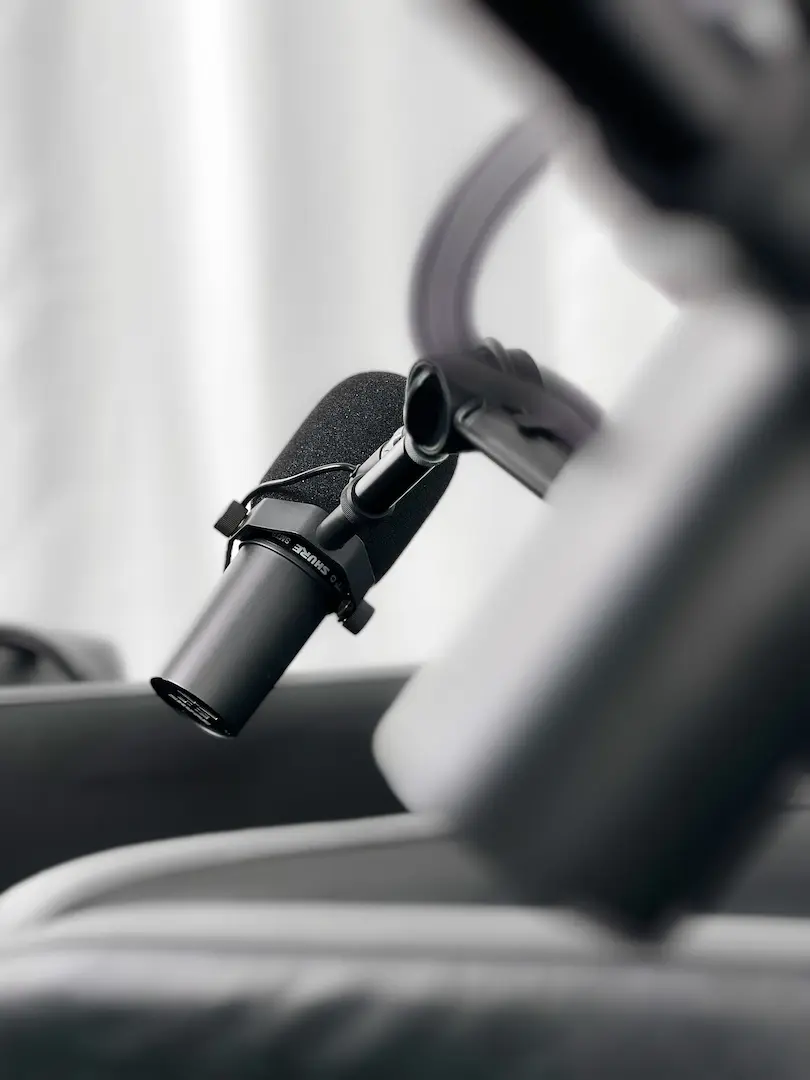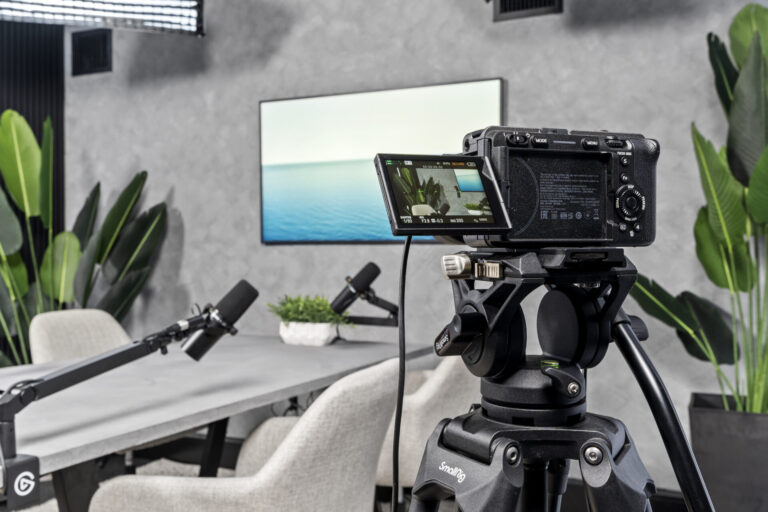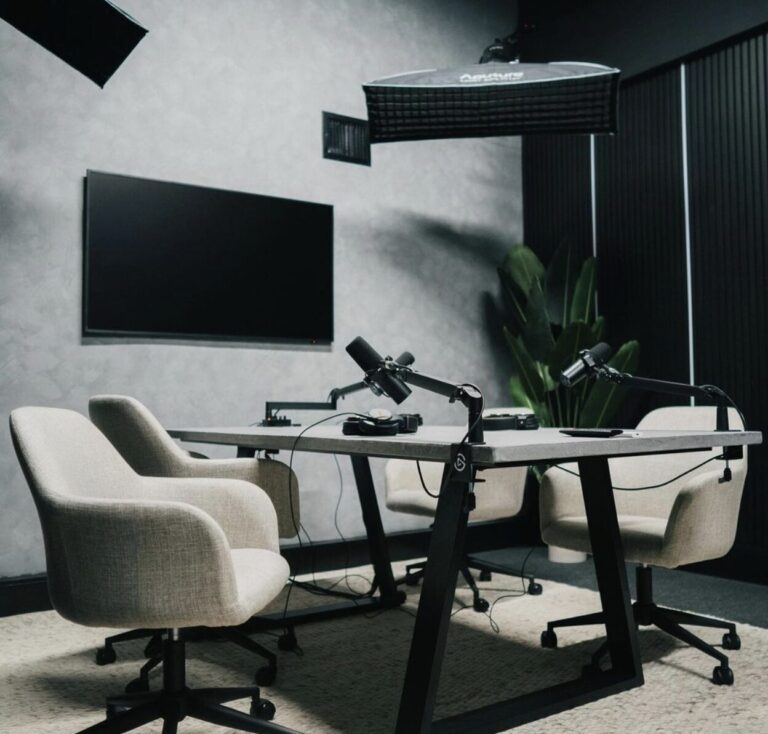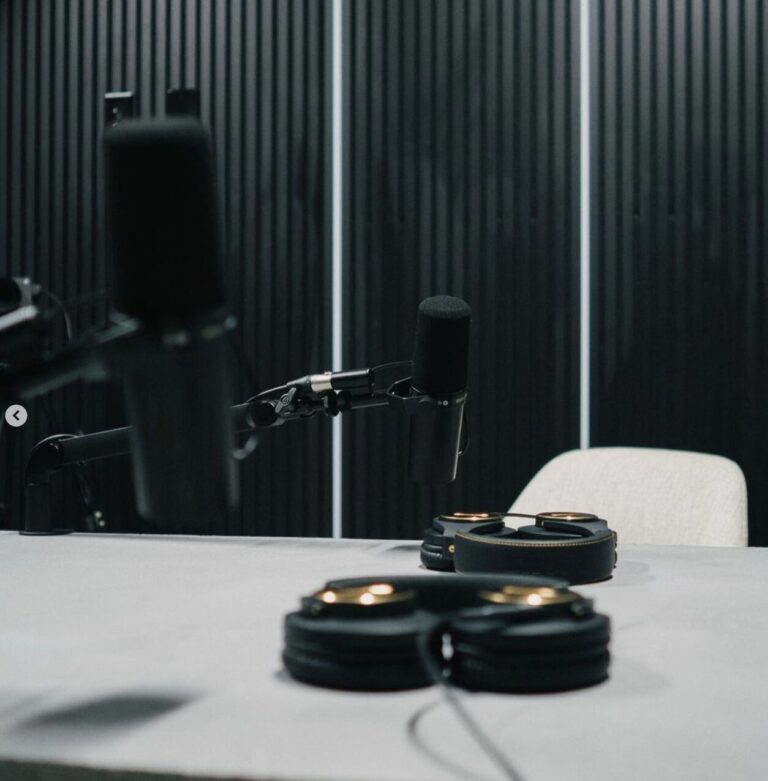Standard Podcast Volume Levels: Everything You Need to Know
In the world of podcasting, audio quality plays a crucial role in capturing and retaining listeners’ attention. One of the essential aspects of audio quality is the volume level of the podcast.
Properly managed volume levels can significantly enhance the overall listening experience for audiences. This article aims to provide a comprehensive understanding of standard podcast volume levels, their significance, and how creators can achieve the ideal volume levels to engage their listeners effectively.
This article serves as a comprehensive guide for podcast creators and aspiring podcasters to comprehend the significance of maintaining standard volume levels in their productions. It covers everything from defining podcast volume levels to legal requirements, tools for measurement and adjustment, common mistakes to avoid, best practices, loudness normalization, and listener preferences.
By the end of this article, readers will have a solid grasp of how to achieve an optimum balance in their podcast audio levels, ensuring an enjoyable listening experience for their audience.
Understanding Podcast Volume Levels
Definition of Podcast Volume Levels
Podcast volume levels refer to the loudness or softness of the audio in a podcast episode. It is typically measured in decibels (dB) and can significantly impact the way listeners perceive the content.
Factors that Affect Podcast Volume Levels
Several factors can influence the volume levels in a podcast. These include the recording environment, microphone quality, distance from the microphone, the voice’s proximity to the microphone, and post-production editing processes.
Importance of Consistent Volume Levels in Podcasts
Consistent volume levels are vital in ensuring a seamless listening experience. Abrupt changes in volume can be jarring and may lead to listener disengagement. Keeping the volume levels consistent throughout the podcast episode ensures a more enjoyable experience for the audience.
How to Measure Podcast Volume Levels
There are various ways to measure podcast volume levels. Industry standards such as LUFS (Loudness Units Relative to Full Scale) and RMS (Root Mean Square) are commonly used for this purpose. These measurements provide podcast creators with a quantitative understanding of their audio levels and help maintain consistency.
Ideal Podcast Volume Levels
Recommended Podcast Volume Levels by Industry Experts
Industry experts generally recommend keeping podcast volume levels between -16 LUFS and -20 LUFS. This range allows the audio to be loud enough to be heard clearly while preventing excessive loudness that could lead to distortion or listener fatigue.
The Impact of Volume Levels on Listener Engagement
Optimal volume levels are essential for capturing and retaining the audience’s attention. When the audio is too quiet, listeners may strain to hear the content, losing interest quickly. On the other hand, overly loud audio can be off-putting and drive away potential listeners.
Techniques for Achieving Ideal Podcast Volume Levels
To achieve ideal volume levels, podcast creators can use audio editing software to adjust the loudness, apply compression, and normalize the audio. Properly balancing the different elements in the podcast, such as voice, background music, and sound effects, can lead to a more professional and enjoyable listening experience.
Understanding the Difference Between LUFS and RMS in Podcast Volume Measurement
LUFS and RMS are both measurements used to quantify audio loudness, but they have different applications. LUFS measures perceived loudness, taking into account how humans perceive sound, while RMS measures the average energy of an audio signal. Creators should understand the distinction between the two and use them appropriately in their editing processes.
Legal Requirements for Podcast Volume Levels
The CALM Act and Its Requirements for Podcast Volume Levels
The CALM (Commercial Advertisement Loudness Mitigation) Act was introduced to prevent excessively loud commercials on television. While it primarily applies to broadcast television, it has implications for podcasting as well. Podcast creators should be aware of these regulations to avoid potential legal issues.
FCC Regulations on Podcast Volume Levels
The Federal Communications Commission (FCC) has guidelines on audio levels for broadcast content, which can indirectly apply to podcasts. Podcast creators should familiarize themselves with these regulations to ensure compliance.
International Podcast Volume Level Regulations
For creators with an international audience, it’s essential to be aware of volume level regulations in different regions, as they may vary from country to country.
Tools and Software for Measuring and Adjusting Podcast Volume Levels
Top Podcast Volume Level Measurement Tools
Several tools and plugins are available to measure podcast volume levels accurately. These tools often provide valuable insights into the loudness of the audio and help creators adhere to industry standards.
Audio Editing Software for Adjusting Podcast Volume Levels
Audio editing software, such as Adobe Audition, Audacity, or Hindenburg Journalist Pro, can be used to adjust volume levels, apply compression, and normalize the audio during post-production.
Online Tools for Monitoring and Adjusting Podcast Volume Levels
Various online platforms and websites offer loudness monitoring and adjustment services, making it easier for creators to achieve standardized volume levels without the need for complex software.
Common Mistakes in Podcast Volume Levels
Overcompression and Its Impact on Podcast Volume Levels
Overcompression is a common mistake in podcast production, where audio is excessively compressed to make it sound louder. However, this can lead to a loss of dynamics and negatively impact the listening experience.
The Dangers of Inconsistent Volume Levels
Inconsistent volume levels, such as sudden changes in loudness between sections of a podcast, can be distracting and diminish the overall quality of the production.
The Impact of Environment and Equipment on Podcast Volume Levels
The recording environment and equipment quality can significantly affect podcast volume levels. Background noise, echo, or poor microphone quality can lead to audio inconsistencies and may require additional editing to correct.
Best Practices for Maintaining Standard Podcast Volume Levels
The Importance of Monitoring Volume Levels During Recording and Editing
Constantly monitoring volume levels during the recording and editing process is essential to identify and address any issues that could affect audio quality.
Techniques for Reducing Background Noise and Other Factors That Impact Volume Levels
Implementing noise reduction techniques and using proper acoustic treatments in the recording environment can help reduce background noise and ensure consistent volume levels.
The Role of Mastering in Achieving Standard Podcast Volume Levels
Mastering is the final stage of audio production, where the podcast’s audio is fine-tuned to achieve optimal loudness and balance. This step is crucial in ensuring that the podcast meets industry standards for volume levels.
Understanding Loudness Normalization and How It Affects Podcast Volume Levels
Definition of Loudness Normalization
Loudness normalization is the process of adjusting audio to a standardized loudness level to provide a consistent listening experience across different content.
How Loudness Normalization Affects Podcast Volume Levels
By applying loudness normalization, creators can ensure that their podcasts have a consistent loudness level, even when played on various platforms and devices.
The Benefits of Loudness Normalization for Podcast Creators and Listeners
Loudness normalization benefits both creators and listeners. Creators can confidently produce content knowing that it will maintain consistent loudness, and listeners can enjoy a seamless listening experience across different podcasts.
Podcast Volume Levels and Listener Preferences
- Understanding Listener Preferences for Podcast Volume Levels: Analyzing how listener preferences influence volume level choices.
- The Impact of Personal Listening Devices on Podcast Volume Levels: Considering the role of devices in determining how listeners experience podcast audio.
- Techniques for Adjusting Podcast Volume Levels to Meet Listener Preferences: Strategies to adapt podcast volume levels to cater to various listener preferences.
Importance of Standard Podcast Volume Levels for Podcast Creators and Listeners
In conclusion, podcast volume levels play a crucial role in providing an immersive listening experience for your audience. By maintaining standard volume levels, podcast creators can captivate their listeners and build a devoted community. Understanding the technicalities, best practices, and legal aspects of podcast volume levels will help creators deliver content that resonates with their audience on Media Pouch Studios.
Mastering podcast volume levels is essential for every podcaster looking to make a lasting impact. It ensures that the emotions and ideas conveyed in the podcast are delivered effectively, fostering a stronger connection between creators and listeners.
As you embark on your podcasting journey, remember that optimizing volume levels is an ongoing process. Regularly monitor your audio quality and keep abreast of industry best practices. By doing so, you’ll provide your audience with an exceptional listening experience and maximize the potential of your podcast.
To explore the advanced facilities and cutting-edge technology available at Media Pouch Studios in Austin, Texas, and take your podcast to new heights, visit our website and book a studio or tour today. Our mission is to empower creators like you to share your stories with the world through high-quality content production. Let Media Pouch Studios be your creative space for a captivating podcasting experience!







